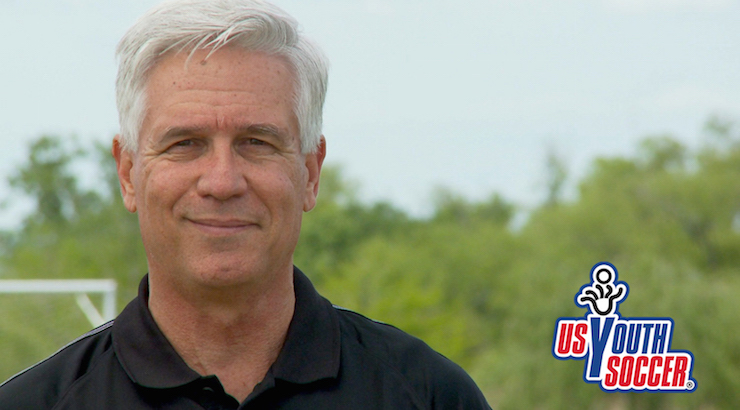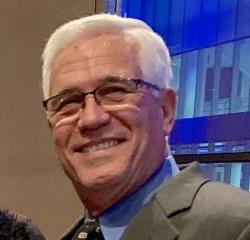US Youth Soccer Coaching Director Sam Snow
Shares Thoughts on Player-Centered Training Instead of Command Coaching Style
Sam Snow is Coaching Director for US Youth Soccer, the largest youth sports organization in America and our newest soccer expert columnist. A United States Soccer Federation “A” Licensee, Snow is a passionate coach who has worked in national, collegiate and youth soccer. Here Snow shares his thoughts on the new, better approach to player development – the player-centered training focus.
Soccer is the world’s favorite sport and countless American kids love to play the beautiful game. The traditional way sports have been taught is with the coach at the center of attention, yet placing the player at the core of the training creates better player development.
The coach told the players what to do {command style} and expected them to produce.
With the command style, the coach explains a skill, demonstrates the skill and allows the players to practice the skill. In contrast to “reproduction” of knowledge in the coach-centered approach, the guided discovery approach emphasizes the “production” of new talents.
The approach invites the player to think, to go beyond the given information and then discover the correct skills.
The essence of this style is a coach-player connection in which your sequence of information and questions causes responses by the player. The combination of information and question by you elicits a correct response, which is discovered by the player.The effect of this process leads the player to discover the sought tactic or technique.
Guided discovery simply means that you raise questions and provide options or choices for the players, guiding the players to answer the questions for themselves because they become curious about the answers. The novice player in a command style setting thinks too much about what they are trying to do, a form of paralysis by analysis.
Instead, if you guide the players in a player-centered training environment, then they gradually become capable of holistic thinking in their soccer performance.
Holistic thought is opposed to the analytical type of thinking.
Analysis means to divide the whole into parts which can be studied more closely. Holistic thinking considers the thing as a whole. Soccer performances {training sessions and especially matches} are better suited to holistic than analytical treatment because they involve an integrated set of movements which must all happen at the same time.
There simply is not enough time during a match to perform each of the movements separately and then string them together. Holistic thinking has been linked anatomically to functions carried out in the right hemisphere of the brain. The brain has both a right and left hemisphere connected by a bundle of nerves called the corpus collosum. The right hemisphere coordinates movements and sensations associated with the left side of the body and the left hemisphere does the same for the right side of the body.
In addition, the left hemisphere is known to control analytical thinking, which includes verbal expression, reading, writing and mathematical computation. The functions associated with the right side of the brain are nonintellectual ones or those having to do with sensory interpretation, coordination of movement, intuitive or creative thinking and holistic perception of complex patterns. This hemisphere can grasp a number of patterns simultaneously.






